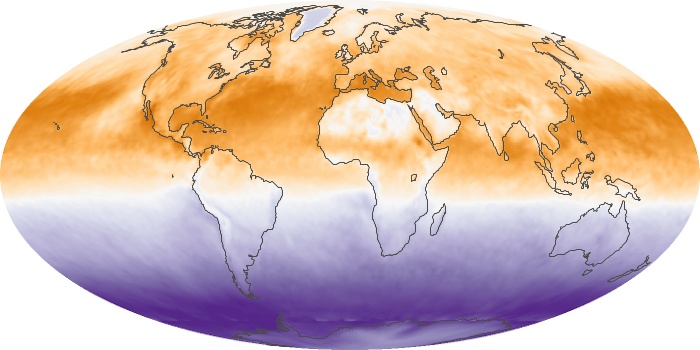He was a american geographer . famous for his theory of Geographical cycle of erosion .
Definition of cycle of erosion. : the sequence of changes in a landscape from the start of its erosion by running water, waves and currents, or glaciers until it has been reduced to the base level of erosion which limits the activity of the agents concerned. — called also geomorphic cycle.
The cycle of erosion was a model for stream erosion and landscape development proposed by William Morris Davis in the late 19th century.
Process of Erosion :
The four main types of river erosion are abrasion, attrition, hydraulic action and solution. Abrasion is the process of sediments wearing down the bedrock and the banks. Attrition is the collision between sediment particles that break into smaller and more rounded pebbles.
Davisian Cycle of Erosion:
The major assumption which Davis made was that the erosion starts only after the uplift has stopped.
Youth:
ADVERTISEMENTS:
The uplift is complete and has stopped. Immediately erosion of the uplifted block sets in. The streams follow initial irregularities available without adjusting to the structure. These are consequent streams. The floors of the valley suffer down cutting while the summits remain almost unaffected. Increased relief heralds the beginning of mature age.
Maturity:
At this stage, the vertical erosion slows down and the horizontal action increases. A characteristic feature is the erosion of mountain tops at a faster rate than lowering of the valley floor. The coming closer of lines ‘A’ and ‘B’ indicates emergence of a gentle slope. The subsequent streams gain importance now.
Old Age:
A gentle gradient, accentuated by horizontal action and deposition, reduces the erosion intensity. A thick layer of sediment represents the earlier erosion activity. The landforms get mellowed—lines ‘A’ and ‘B’ run parallel to each other. Relicts of mountains or monad knocks are dotting the water divides and a featureless plain—peniplane is produced.



No comments:
Post a Comment